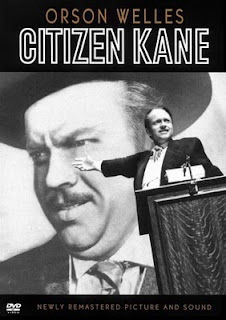
In the early 90s the newly-elected Mayor of Boston and his team (including social services and police), together with local communities, the victims of crime (and the criminals), got together to reduce crime in Boston. The creative/innovation team was led by my colleague, Marvin Smith.
They started with a blank sheet of paper and something more than fifty new strategies were evolved in creative workshops - and put into action.
Extraordinarily, crime came down by over 50% within a twelve month period, and violent crime and homicide was reduced by some 75%. I was astonished by the sheer scale of the success, but Boston managed to maintain this improvement for nearly a decade – in effect until the aftermath of 9/11, when political priorities were rather radically changed.
The new strategies were eclectic in nature, aimed at attacking the major issues from many different angles. The strategy that dominated the media was "zero tolerance". It seemed to appeal strongly to both journalists and the police.
When I was building up a case study on the programme, I asked the central coordinator of the project at City Hall which of all the new strategies had been the most effective? Was it zero tolerance?
His response was very interesting - he said there was no way of knowing. It was the combination, the whole cocktail, that had done the business for them. For sure some strategies will have had a greater impact than others. But which? No one knew.
The most immediate aftermath was that the Chief of Police in Boston, Bill Bratton, was hired by Mayor Giuliani in New York to repeat the process. This he did and crime rates came down by similar amounts there.
Interestingly, Bratton had not been in the original group in Boston - and most of the new strategies had already been developed when he joined the team. He went on to become the world's most famous crime-reducing policeman, eventually (and very publicly) getting fired by Mayor Giuliani in New York (some said for getting too much limelight and too much of the credit), and turned himself into a "super-consultant", carrying that package of strategies (and subsets of it) around the world.
That rather seemed to miss the point . For example, Johannesburg, which he advised, has a quite different social context from New York and Boston. So it will undoubtedly have needed a quite different mix of strategies.
In the meantime other cities across America learned from Boston/New York and all experienced smaller but nevertheless significant reductions in crime, often with Bratton’s advice and counsel.
As a post-script, I went to talk with several police managements (and the Home Office) in Britain to explore whether a similar creative approach to strategy development might work
here. The consistent answer I got was that they knew all about it, knew what was needed, and were in the process of implementing it. Many times it appeared that they believed that zero-tolerance would on its own do the job for them. In no case that I encountered did British communities start out, as had happened in Boston, from scratch to create a set of specifically relevant new strategies – specifically relevant that is for London or Manchester or Glasgow or Belfast or wherever.
I wonder how our bright new coalition government is approaching this whole issue. Hopefully with open minds. There’s no doubt that in the tough times ahead, crime is likely to rise again.
Suggestions on how to influence them gratefully received.


















































